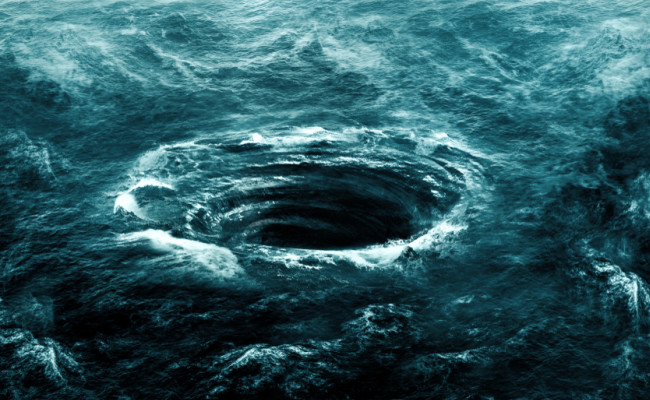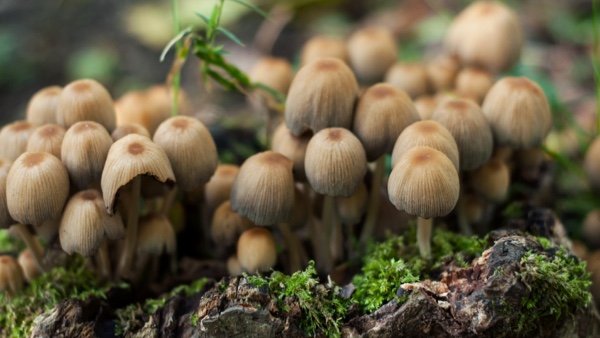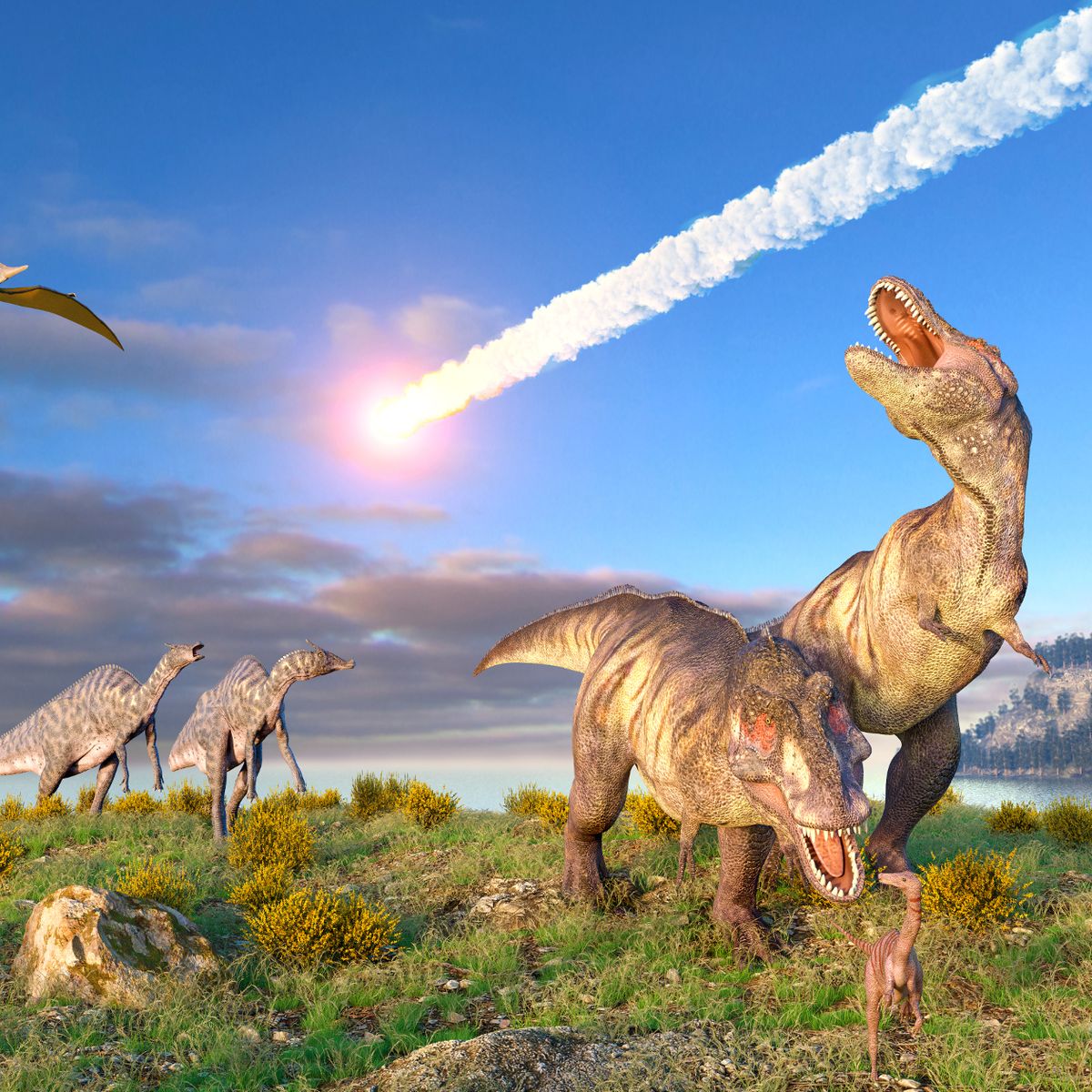Introduction:
Climate change, caused primarily by human activities, is an existential threat to our planet’s ecosystems. One of the most vulnerable components of these ecosystems is wildlife habitats. The altering climate patterns, rising temperatures, changing precipitation levels, and extreme weather events all contribute to significant disruptions in natural habitats. In this article, we will explore the various ways climate change affects wildlife habitats and the potential consequences for the biodiversity and survival of numerous species.
I. Changing Temperature Regimes: A Challenge for Adaptation
1.1. Shifting Habitat Boundaries: As temperatures rise, wildlife habitats are undergoing substantial transformations. Many species are losing their traditional ranges as the climate becomes unsuitable for their survival. For example, polar bears are facing habitat loss as the Arctic sea ice diminishes due to warming temperatures.
1.2. Impact on Migratory Patterns: Warmer temperatures affect the timing and duration of seasonal events, such as flowering and migration. This can disrupt the delicate balance between predator and prey, leading to potential mismatches in the availability of food sources.
II. Altered Precipitation Patterns: Water Scarcity and Floods
2.1. Drought and Water Scarcity: Climate change brings about more frequent and intense droughts in certain regions, leading to water scarcity. Many species depend on specific water sources for their survival, and the lack of water availability poses a threat to their existence. Additionally, reduced water levels can also impact fish populations, affecting the entire food chain.
2.2. Increased Flooding: Conversely, climate change also results in heavier rainfall and increased flooding in other areas. Floods can devastate wildlife habitats, destroying nests, burrows, and food sources. Aquatic ecosystems, in particular, face significant disruption due to changing precipitation patterns.
III. Ocean Acidification: Affecting Marine Biodiversity
3.1. Carbon Dioxide and Ocean Acidification: The rising levels of carbon dioxide in the atmosphere are absorbed by the oceans, leading to ocean acidification. This change in pH has detrimental effects on marine ecosystems, impacting coral reefs, shellfish, and other marine organisms that rely on calcium carbonate for their structures and shells.
3.2. Bleaching of Coral Reefs: The warming oceans cause coral bleaching events, where corals lose their vibrant colors and suffer high mortality rates. Coral reefs are vital habitats for numerous marine species, and their decline can have cascading effects on the entire oceanic food web.
IV. Increased Frequency of Extreme Weather Events
4.1. Wildfires: Climate change contributes to more frequent and severe wildfires, which can decimate wildlife habitats and disrupt ecosystems. Many animals lose their shelter, food sources, and breeding grounds due to these destructive events.
4.2. Storms and Cyclones: The intensification of storms and cyclones due to climate change poses significant risks to coastal wildlife habitats. Increased storm surges and erosion can result in the loss of nesting areas for seabirds and sea turtle populations.
Conclusion:
Climate change poses unprecedented challenges to wildlife habitats and the species that depend on them. The altering temperature regimes, changing precipitation patterns, ocean acidification, and increased frequency of extreme weather events all contribute to habitat loss, fragmentation, and species decline. Urgent global action is needed to mitigate climate change and protect these precious habitats and the biodiversity they support. By reducing greenhouse gas emissions, promoting sustainable practices, and investing in conservation efforts, we can strive to safeguard wildlife habitats and preserve the rich tapestry of life on Earth for future generations.
![]()





